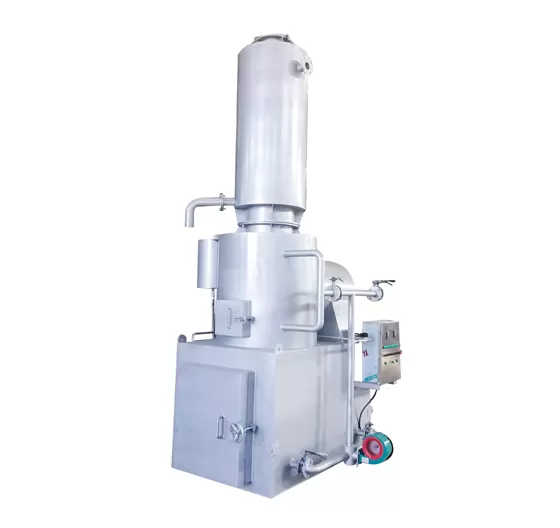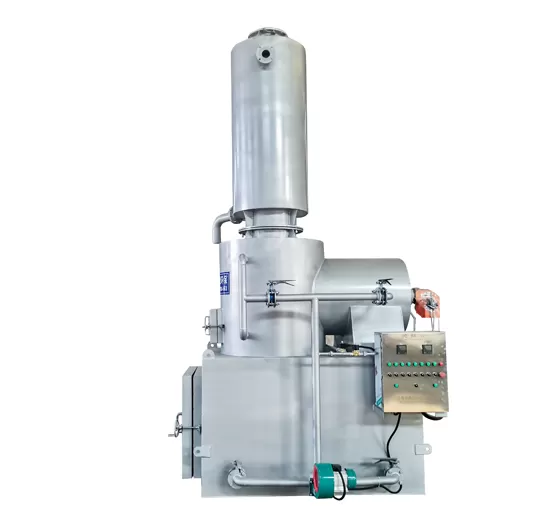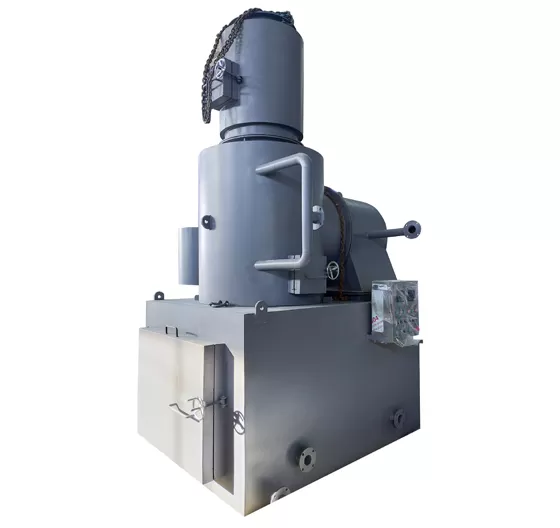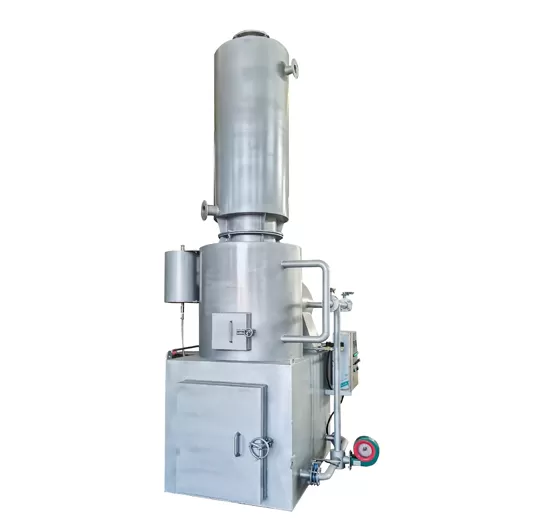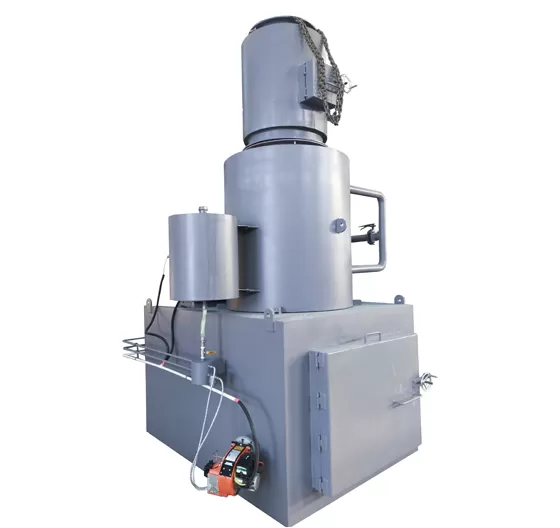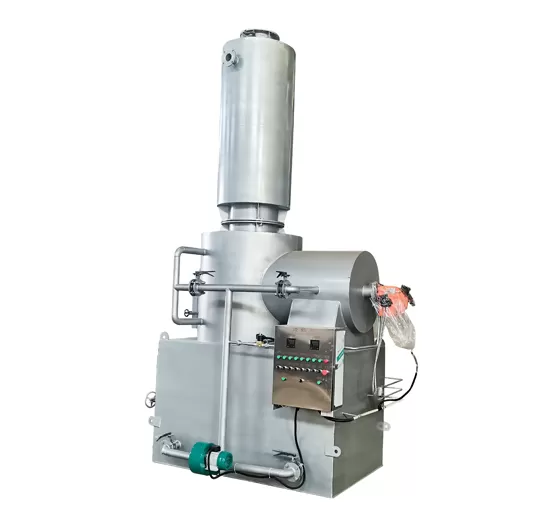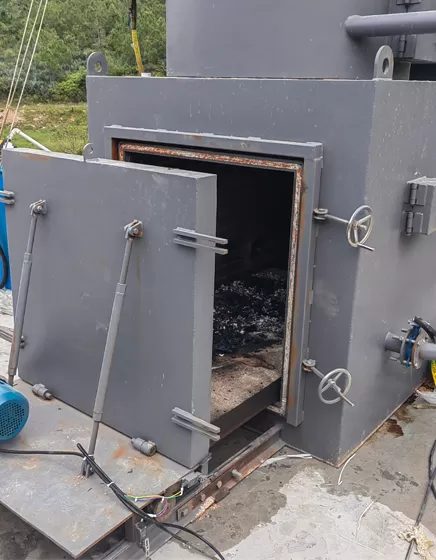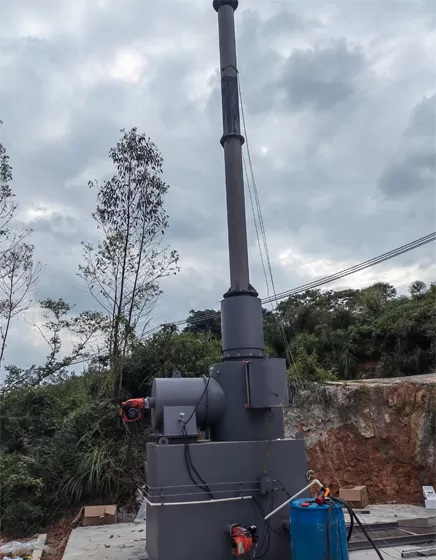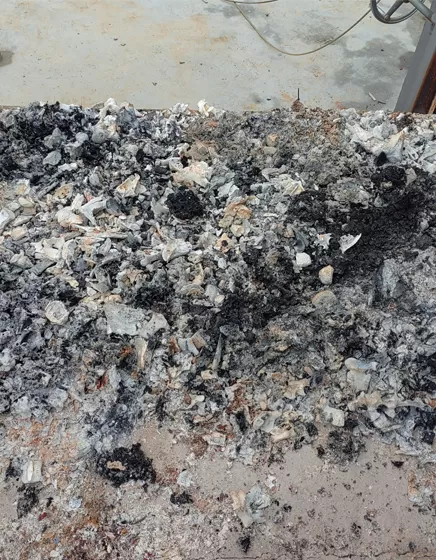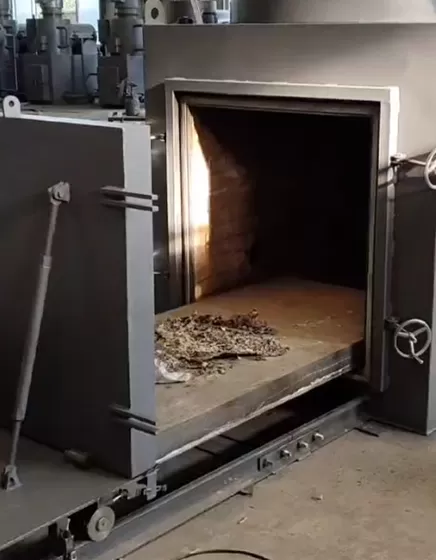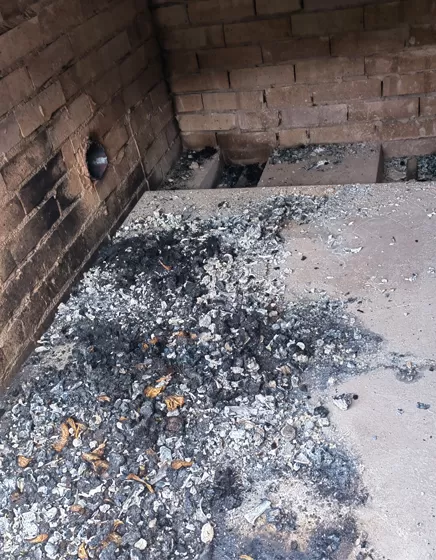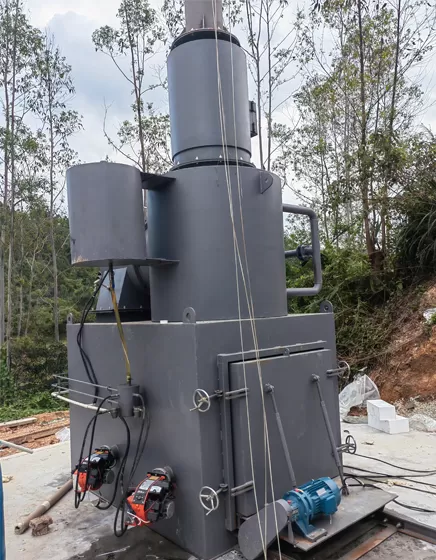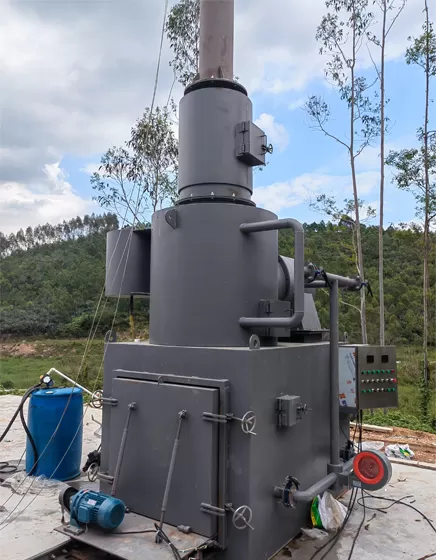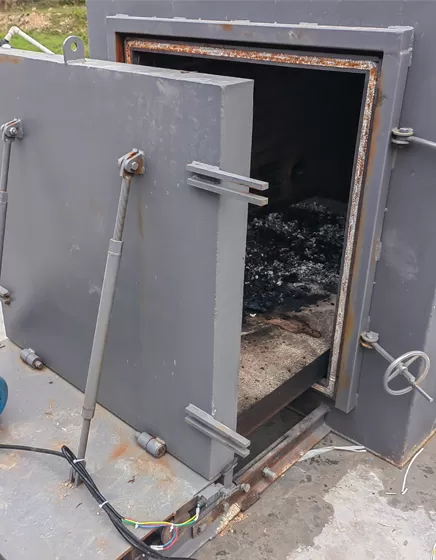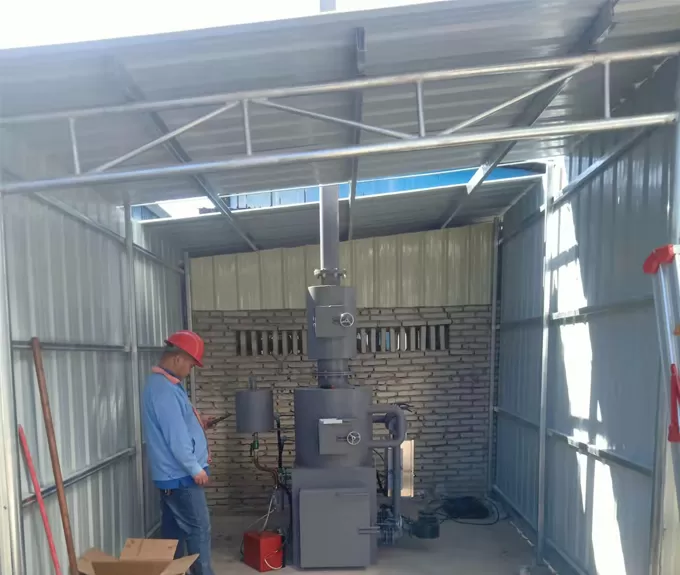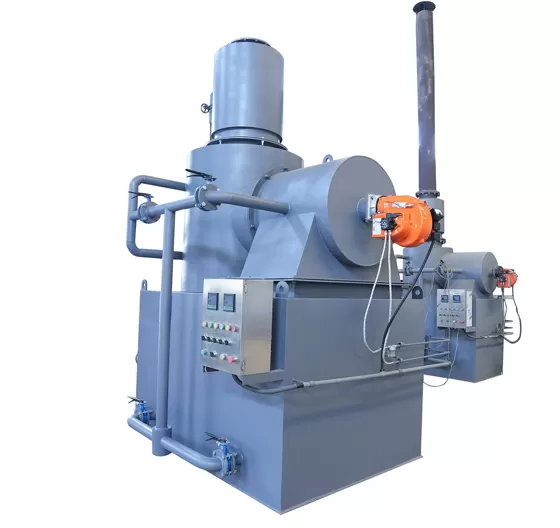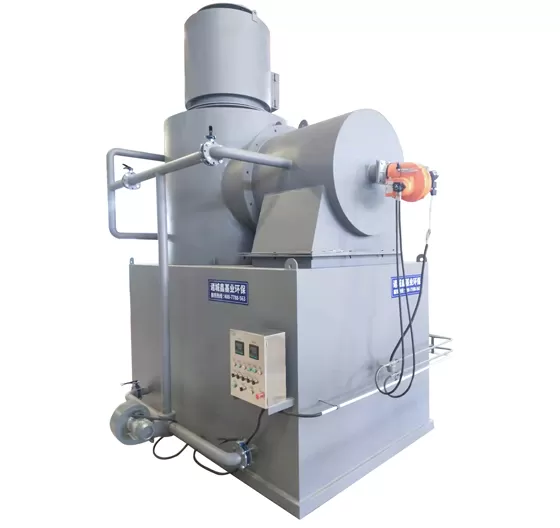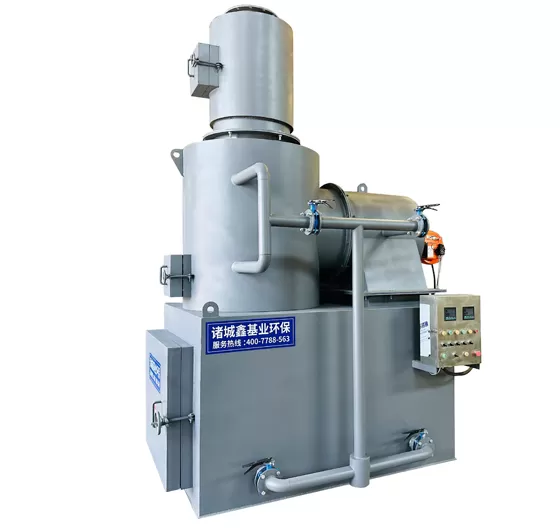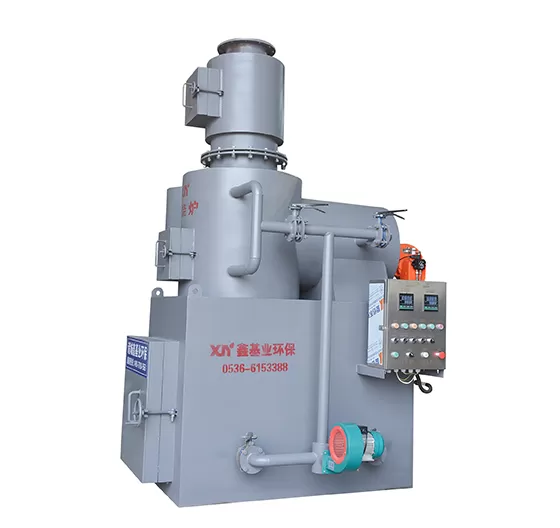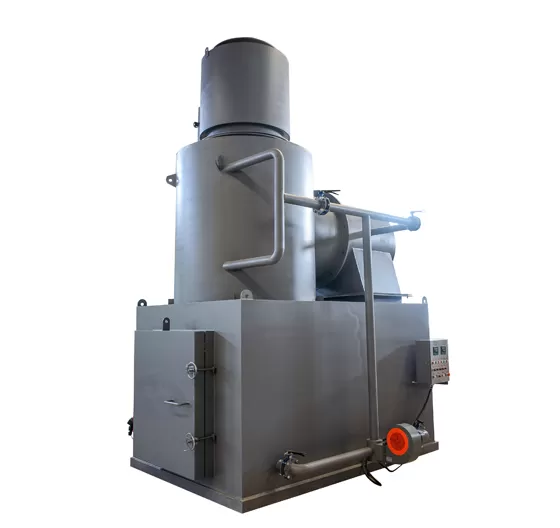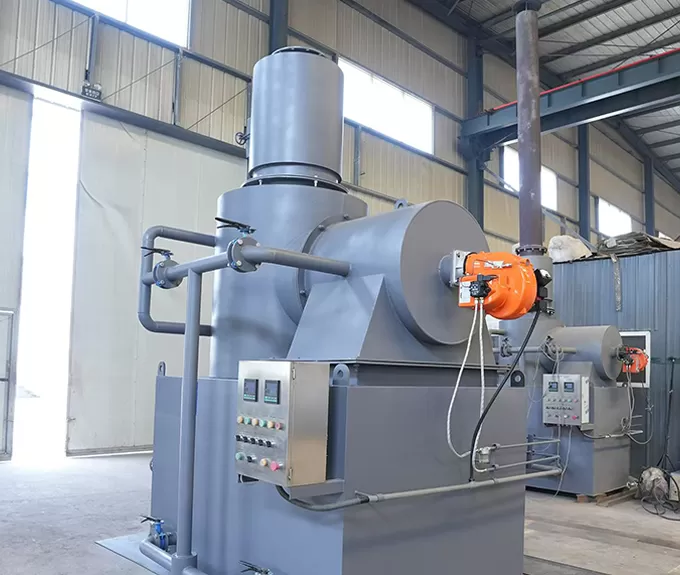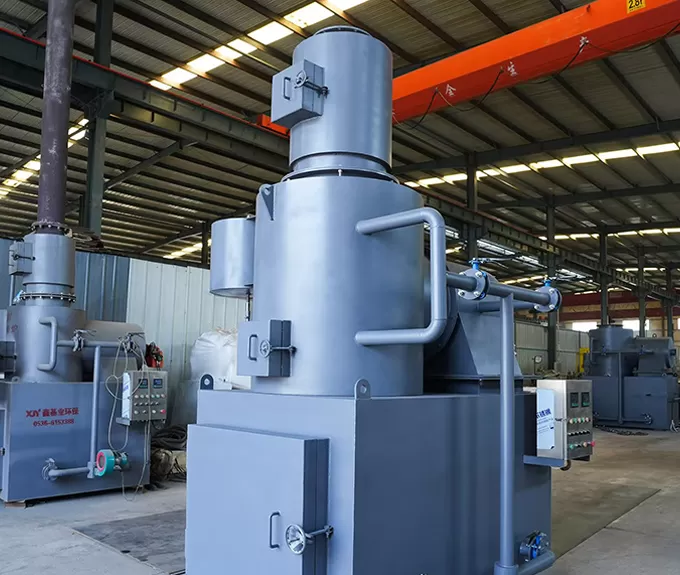Introduction to Animal Remains Incinerator
An animal remains incinerator is a specialized device designed to safely and efficiently dispose of animal carcasses and waste materials through high-temperature combustion. These incinerators are crucial for maintaining biosecurity, preventing the spread of diseases, and protecting the environment from contamination.
Key Features of Animal Remains Incinerators
High-Temperature Combustion
Animal remains incinerators operate at extremely high temperatures, typically ranging from 600°C to 1,800°C (1,112°F to 3,272°F). These temperatures ensure the complete combustion of organic materials, reducing them to ash and neutralizing pathogens, bacteria, and viruses. This process effectively destroys harmful microorganisms, minimizing the risk of disease transmission.
Sterilization and Disinfection
The incineration process not only disposes of animal remains but also ensures that any pathogens present are completely eradicated. This makes the incinerators an essential tool for facilities such as veterinary clinics and pet hospitals, where the risk of disease transmission is high.
Environmentally Friendly
Modern animal remains incinerators are equipped with advanced air pollution control systems that capture and neutralize harmful emissions. These systems ensure compliance with environmental regulations and minimize the impact on air quality. Additionally, the ash produced during incineration is sterile and can be safely disposed of or used as a soil amendment.
Versatility and Capacity
Animal remains incinerators come in various sizes and capacities to accommodate different types of animal remains. They can handle everything from small poultry to large livestock carcasses, making them suitable for farms, slaughterhouses, veterinary clinics, and zoos.

